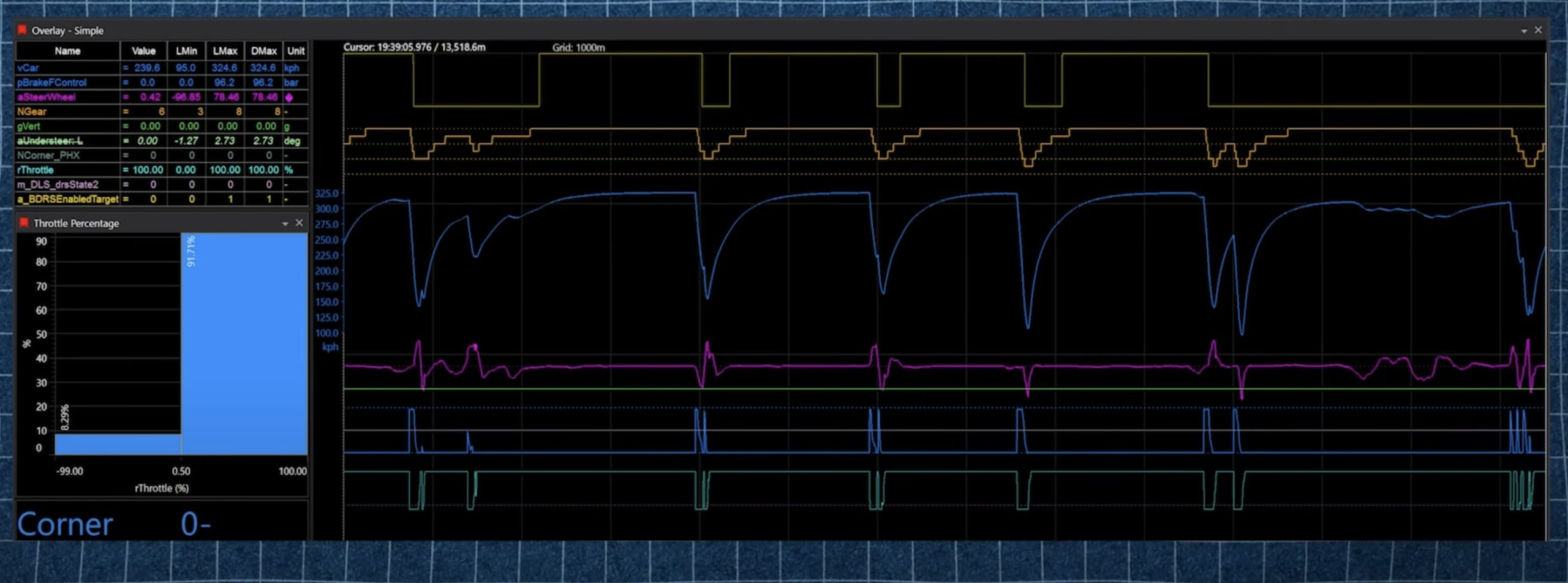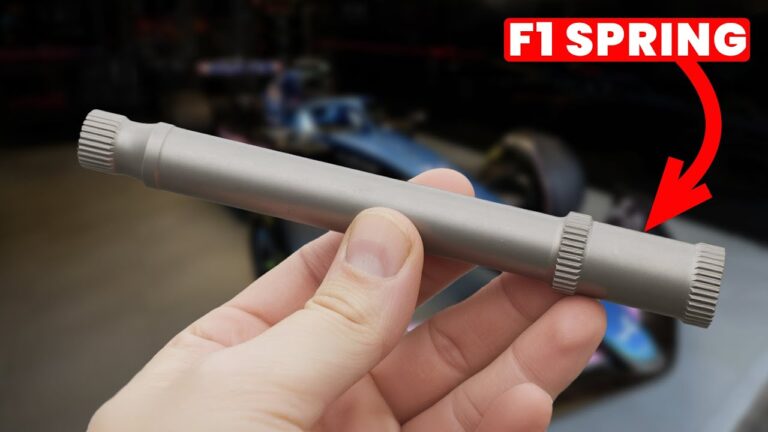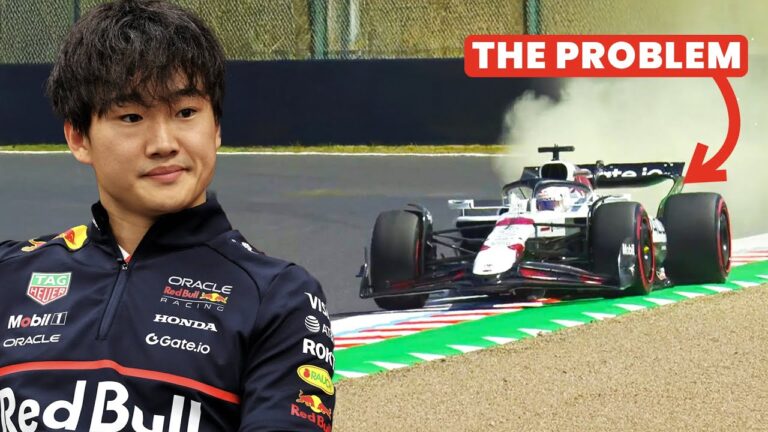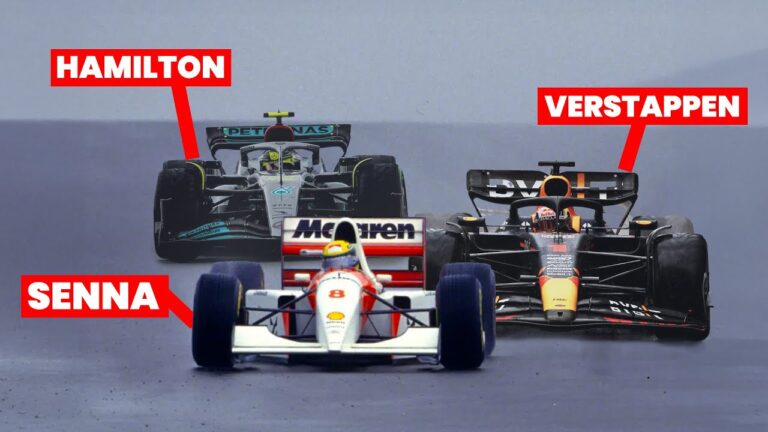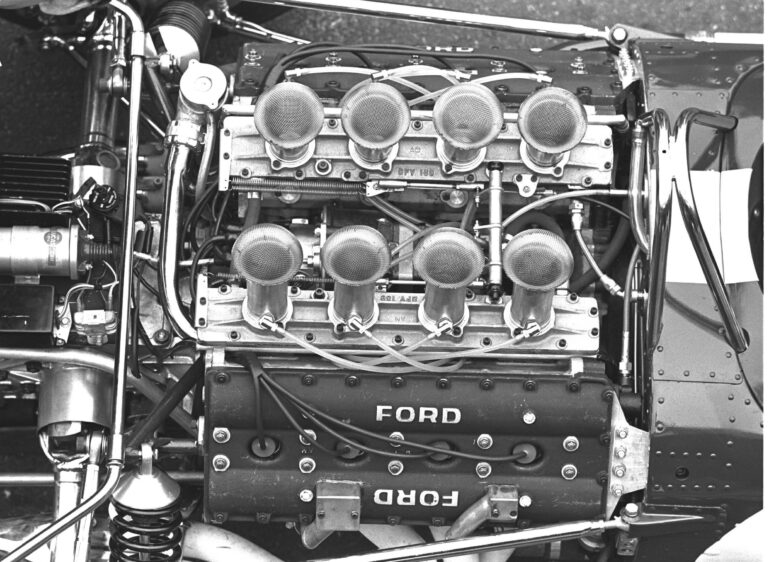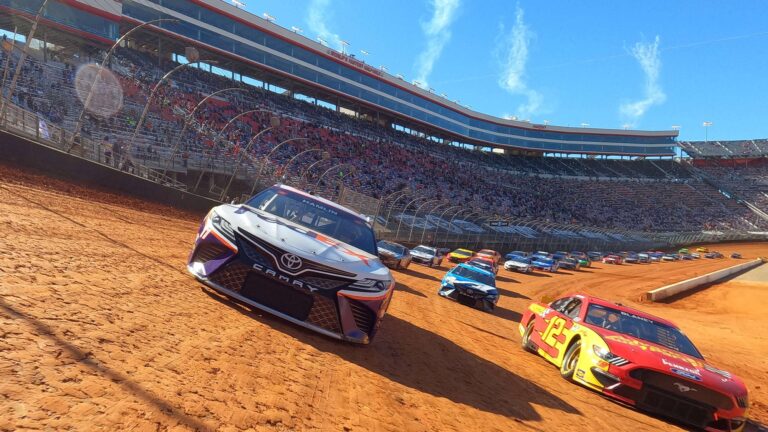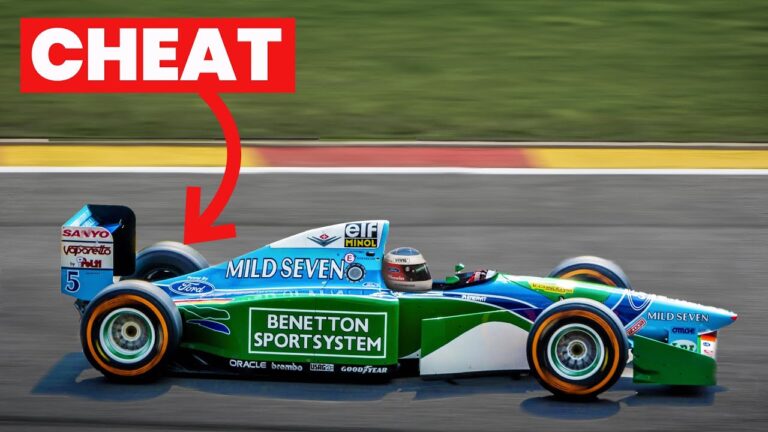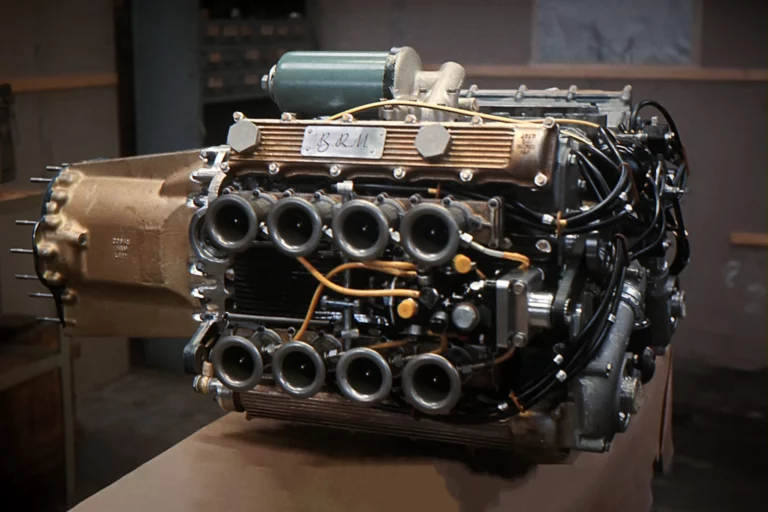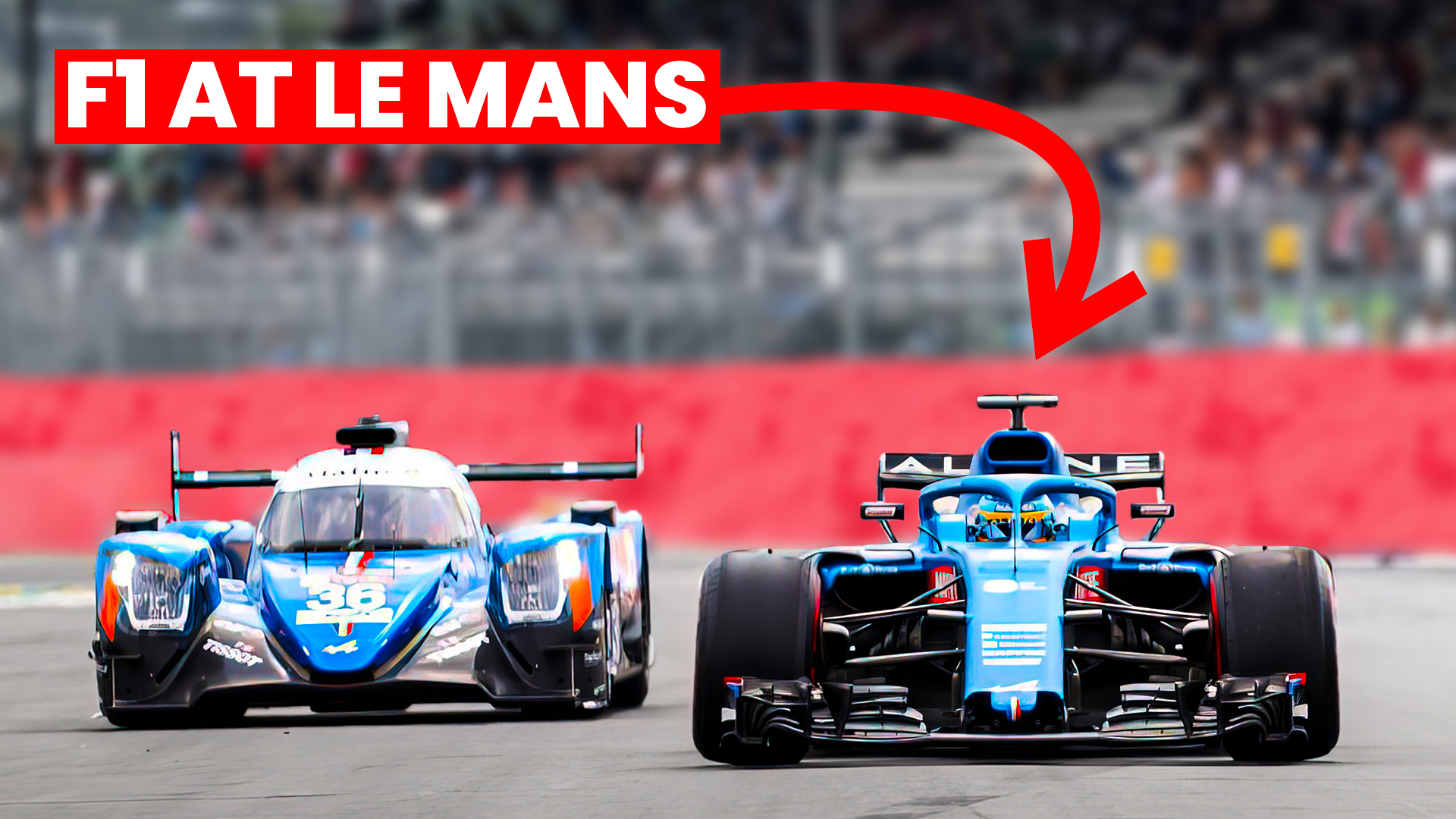
In 2021, a Formula 1 car made its way around the legendary Le Mans circuit, with Fernando Alonso at the wheel. This unique experience raised plenty of questions, so I spoke to the project lead at Alpine to find out more.
Was Fernando really pushing the car to its limit? How did they adapt the car for such a long, high-speed circuit? And most importantly, what was the lap time?

The Challenge of Taking an F1 Car to Le Mans
Le Mans isn’t your average track. With nearly 14 kilometres of twists, turns, and lengthy straights, the circuit’s design is far from typical for Formula 1. The Mulsanne Straight, for example, was shortened with chicanes in 1990 to reduce maximum speeds, yet it remains a high-speed track, posing a unique challenge for Alpine’s RS18 from 2018.
The team started with simulations, although they had never taken an F1 car to Le Mans before. Luckily, Alpine’s Le Mans Prototype (LMP) team provided initial data on speed and g-forces, which Alpine’s F1 engineers then adapted with their car’s capabilities. With this data, they made careful adjustments to ride height, wing levels, and suspension stiffness to optimise performance on a track with long straights and high-speed sections.
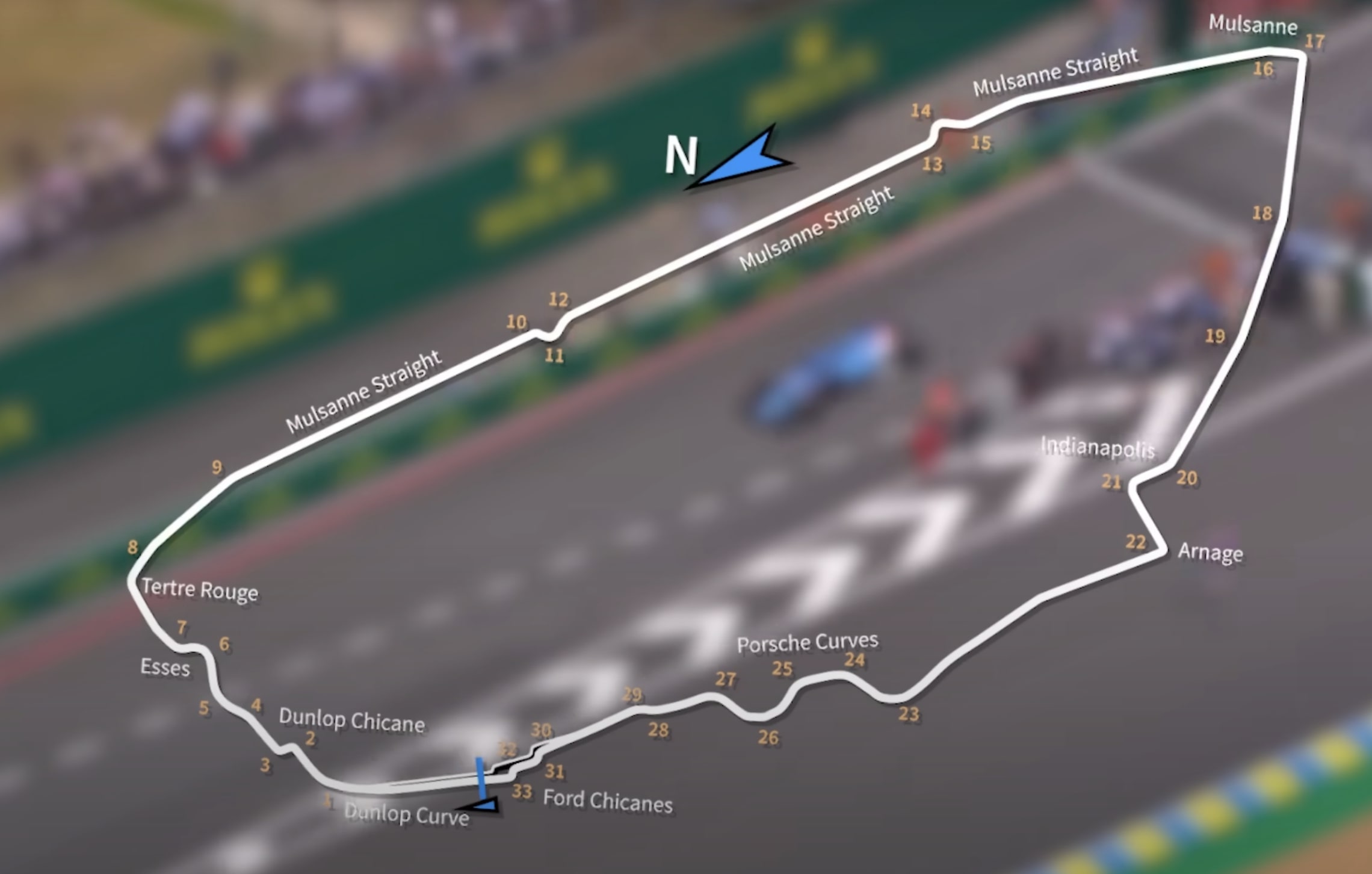
Key Adjustments in the Simulator
The simulations revealed valuable insights but also came with their own challenges. Le Mans exceeds 13 kilometres, while the simulation software had been designed for tracks up to 10 kilometres in length. Fortunately, the team identified and resolved this issue well before the event. Once they had the “base setup” from the simulator, Alonso and his team tested the car in the driving simulator to adjust the balance and ensure a predictable, fast performance on this unconventional circuit.
Minimising Drag for Maximum Speed
To reach top speeds on Le Mans’ long straights, reducing drag was essential. This included fitting a minimalist rear wing, similar to what they use at Monza. Additionally, as this event wasn’t regulated by the FIA, Alonso was able to activate DRS on any straight, maximising his speed. With these adjustments, the car reached speeds close to 355 km/h, similar to Monza’s top speeds but sustained for much longer on the track.
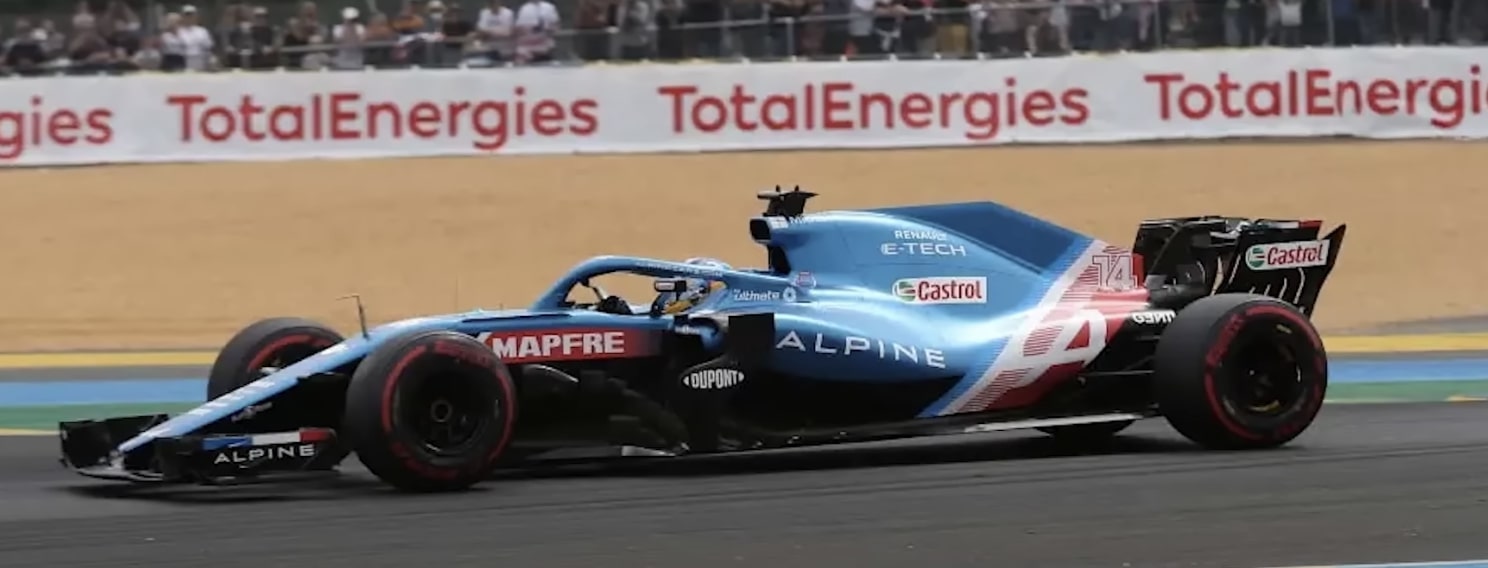
Cooling and Braking Challenges
Cooling is a major consideration at Le Mans. With so much time spent at high speeds, the airflow to the radiators is sufficient to keep the engine’s temperature under control. However, braking posed a different challenge. The lengthy straights risk cooling the brakes too much, affecting their performance on corner entry. To address this, the team chose carbon discs and pads that were less affected by lower temperatures, allowing for consistent braking performance.
Hybrid Energy Strategy for the Long Straights
On a typical F1 circuit, the hybrid system adds power down the straights but cuts out just before the end. However, at Le Mans, where straights are significantly longer, this approach wasn’t effective. Instead, Alpine opted for a gradual release of hybrid power to maintain higher average speeds down each straight.
How Fast Could the F1 Car Really Go?
Unfortunately, Alonso couldn’t complete a fully clear hot lap, as he caught up with other demonstration cars on the track. However, based on simulations and under ideal conditions, Alpine estimated that a lap time below three minutes would be possible – a remarkable time compared to current hypercars, which lap around 3 minutes and 28 seconds.
Alpine’s experience at Le Mans is a thrilling example of how F1 technology can be adapted for unique circuits and extreme challenges, leaving us wondering just how far an F1 car could go in an unregulated environment.
